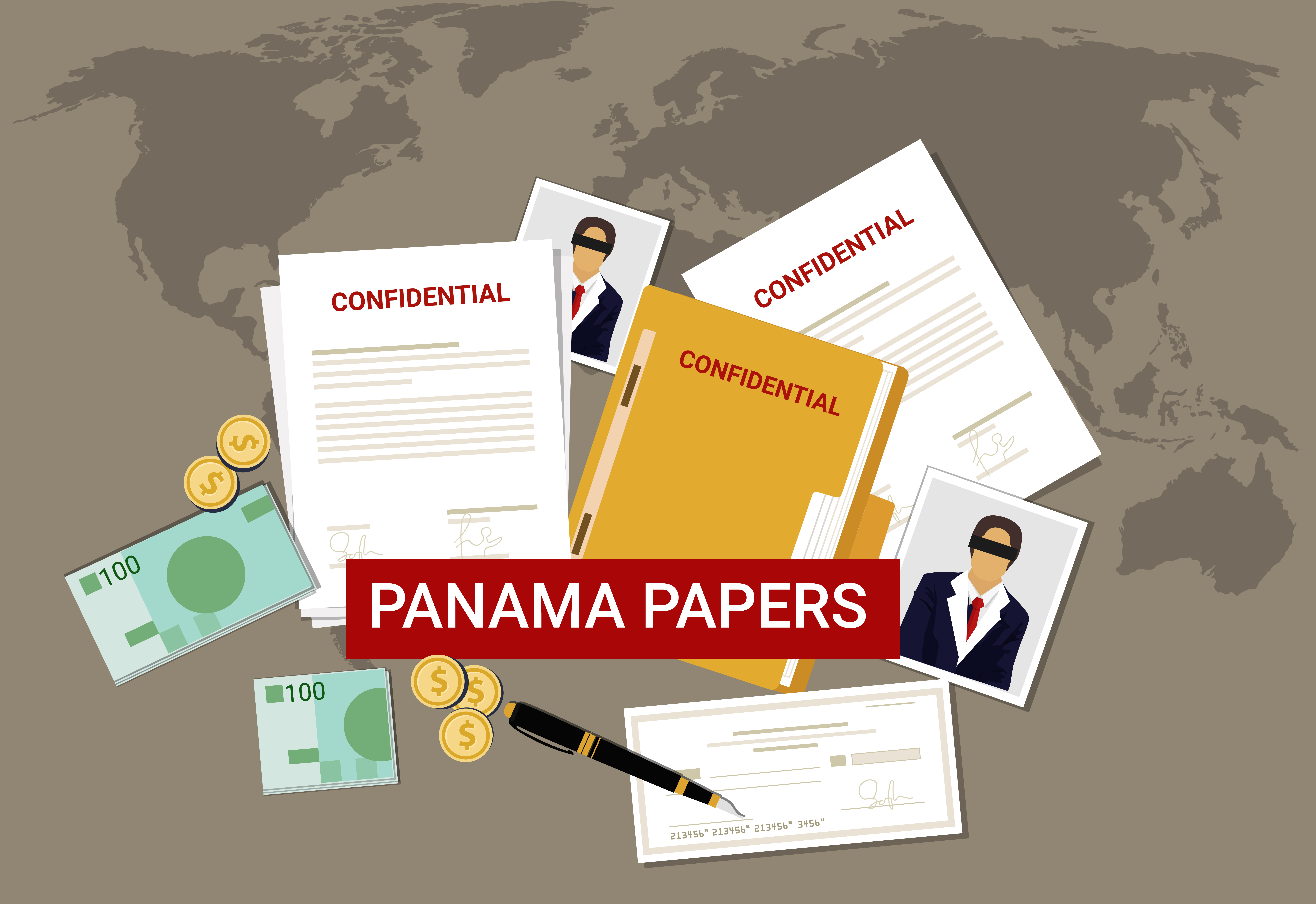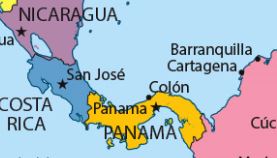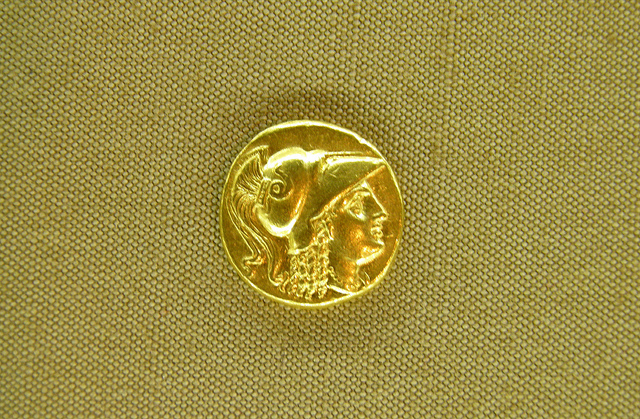Update on Panama Papers – 6/27

Here are a few recent articles on the Panama Papers leak. Doesn’t seem to be a lot of new developments since my last post three weeks ago.
6/5 – New York Times – Panama Papers Show How Rich United States Clients Hid Millions Abroad – The NYT has finally gained access to the Panama Papers.
In their research they have only found 2,400 Americans who ran money through companies set up by Mossack Fonseca, none of them high-profile, and apparently none of them from the political world.
Article tells the tale visible from correspondence for a few people who had already built a private fortune and then decided to park money overseas.
The basic asset protection shell structure includes two entities: a for-profit into which money is moved from the US, and a Panamanian based foundation which receives a contribution from the first shell, thus protecting the money from litigation, taxation, or disclosure.
…
Update on Panama Papers – 6/27 Read More »











